Biomaterials are engineered to improve the safety and efficacy of current cancer immunotherapies.
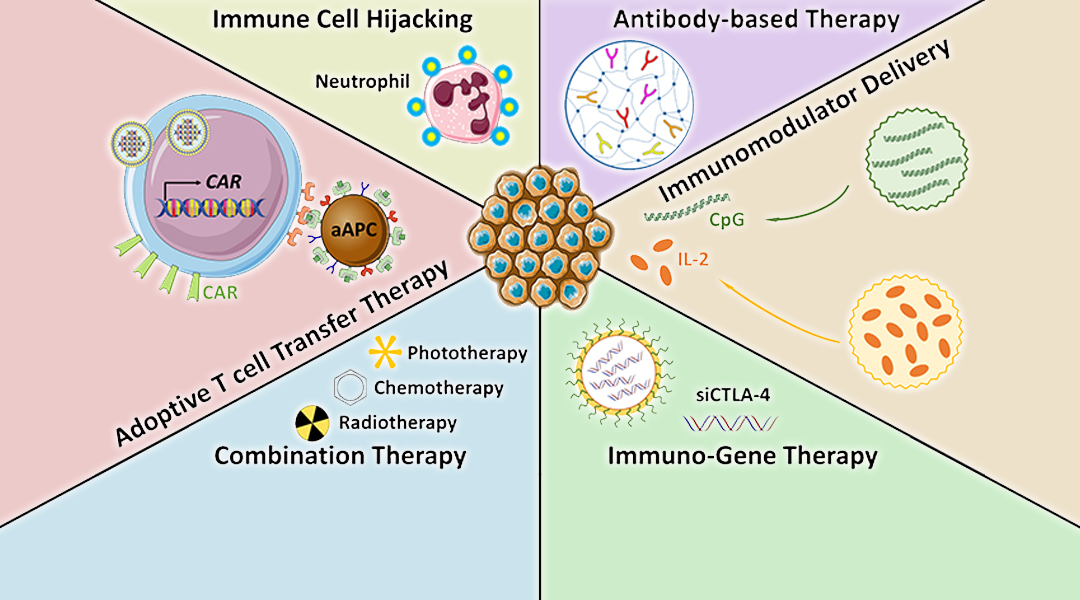

Biomaterials are engineered to improve the safety and efficacy of current cancer immunotherapies.
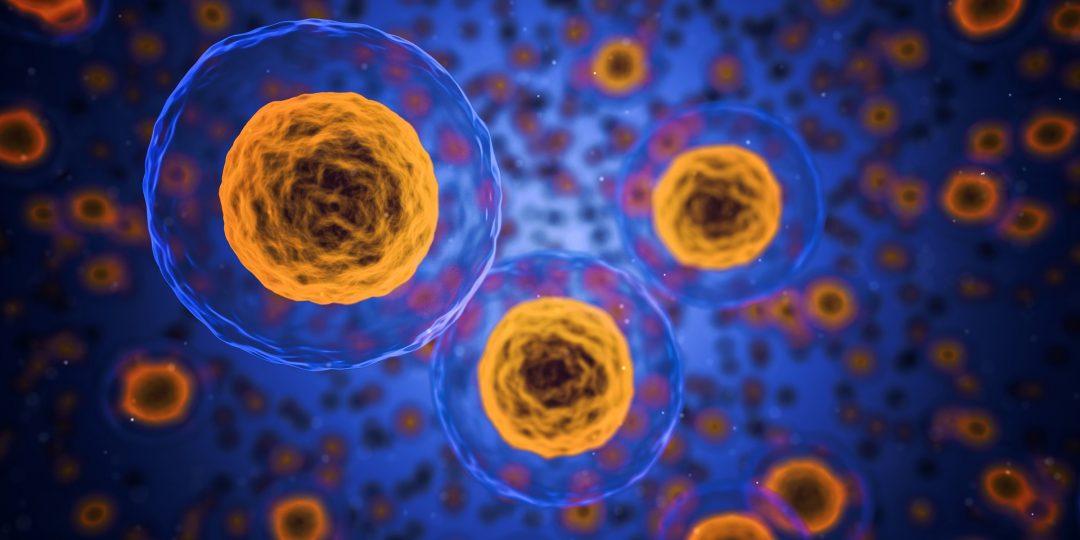
A study on the mechanisms and effects of RNA and microRNA editing on the initiation and progression of cancer.
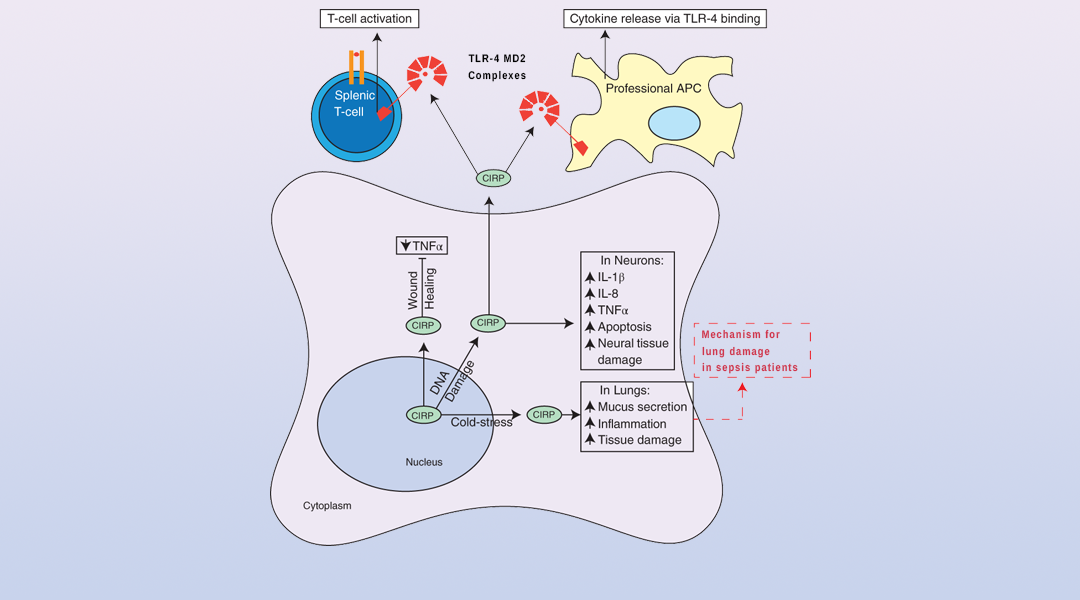
Cold-inducible RNA binding protein (CIRP) in human cancers is reviewed, where it has been implicated in tumor suppression and promotion.
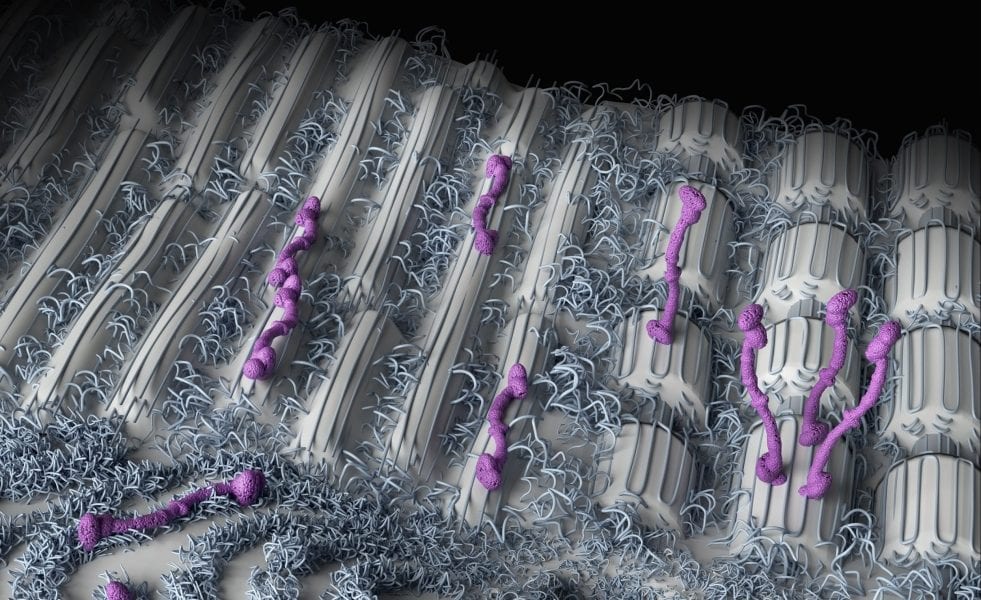
Latest Advanced Healthcare Materials covers.
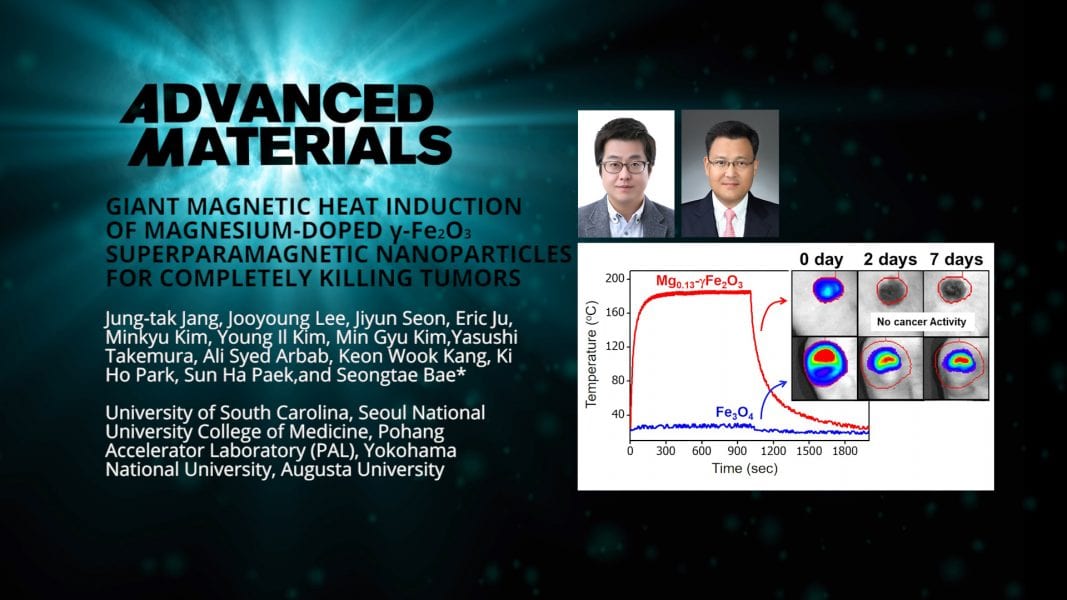
Researchers develop a new anticancer agent composed of magnesium shallow-doped iron oxide superparamagnetic nanoparticles (SPNPs). The magnetic fluid hyperthermia (MNFH) agent is highly biocompatible and is able to completely eradicate Hep3B-induced tumors.
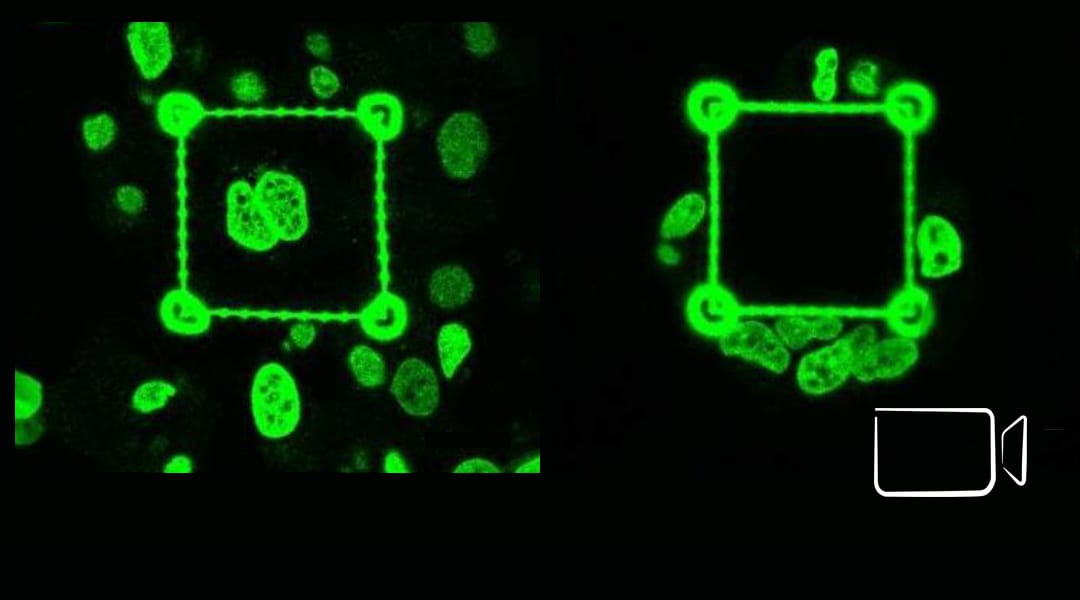
An approach to study tumor cell invasiveness by exploiting an innovative class of polymeric scaffolds based on two-photon lithography to control the stiffness of deterministic microenvironments in 3D is presented.
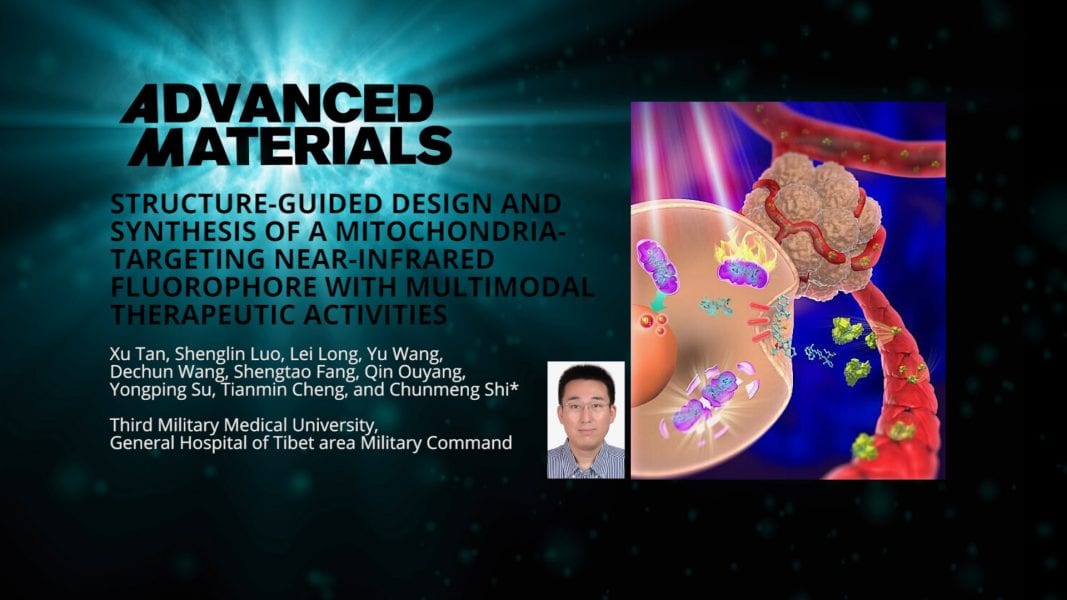
Chunmeng Shi and co-workers from the Third Military Medical University in Chongqing, China, introduce a small-molecule-based cancer theranostic agent for simultaneous cancer-cell mitochondrial targeting, NIR imaging, and chemo-/PDT/PTT/multimodal therapeutic activities.
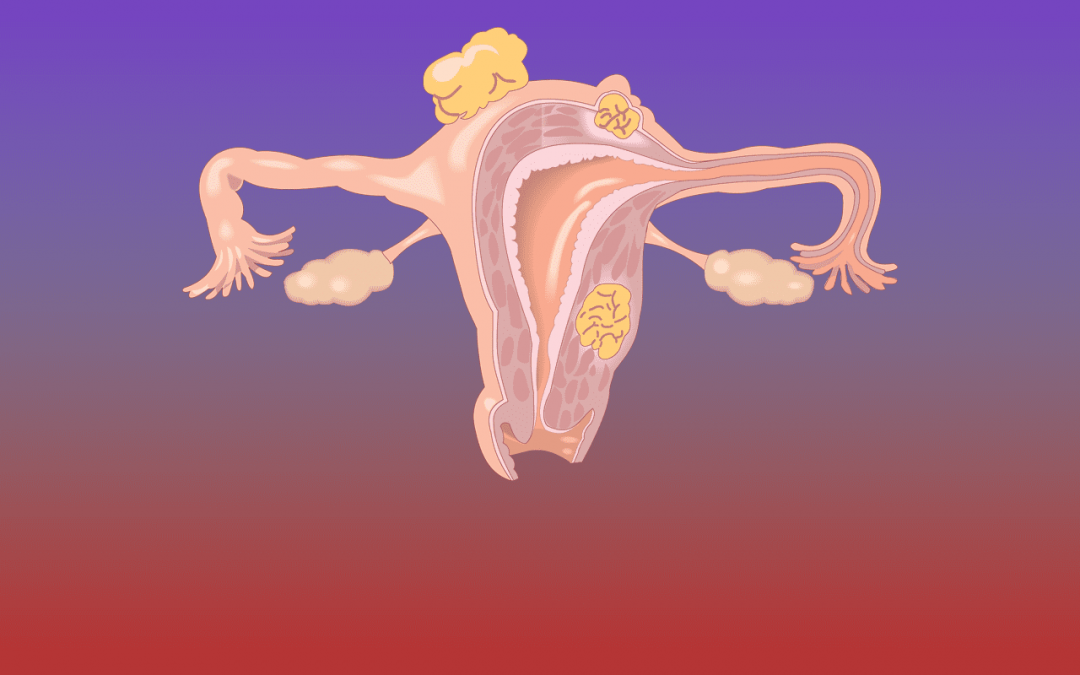
RNA-binding proteins influence epithelial ovarian cancer progression through complex networks with mRNAs, non-coding RNAs and other proteins.
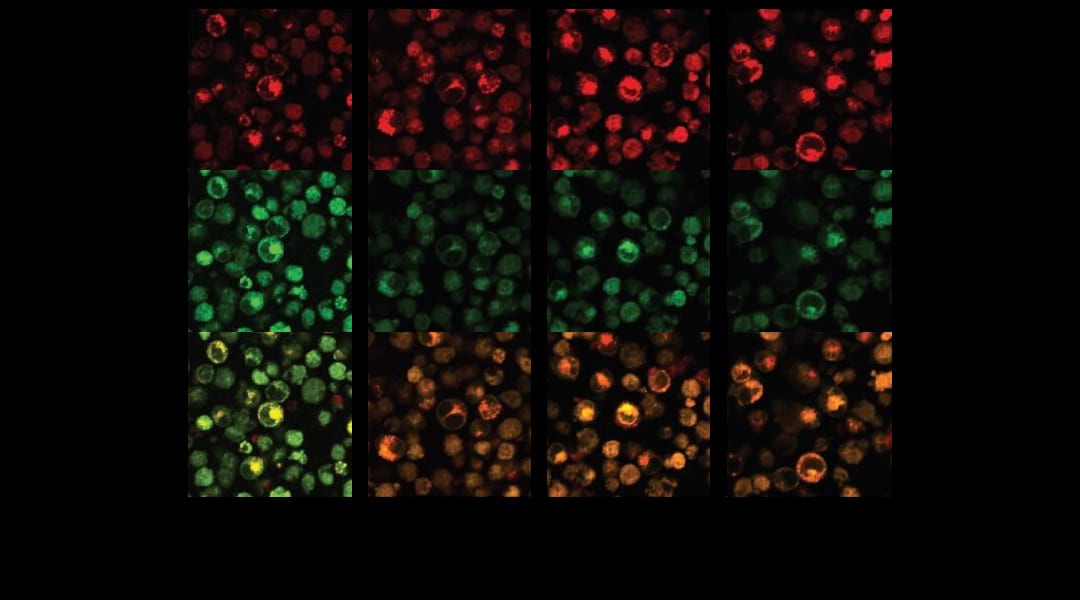
Drug-free macromolecular therapeutic systems can target and kill cancer cells without causing the side-effects of the drugs currently in clinical use.
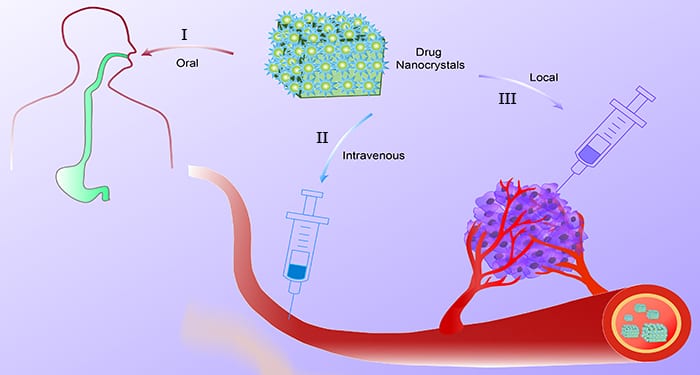
Drug nanocrystals deliver drugs via oral, intravenous, and local administration and show promise towards treating cancer more effectively.